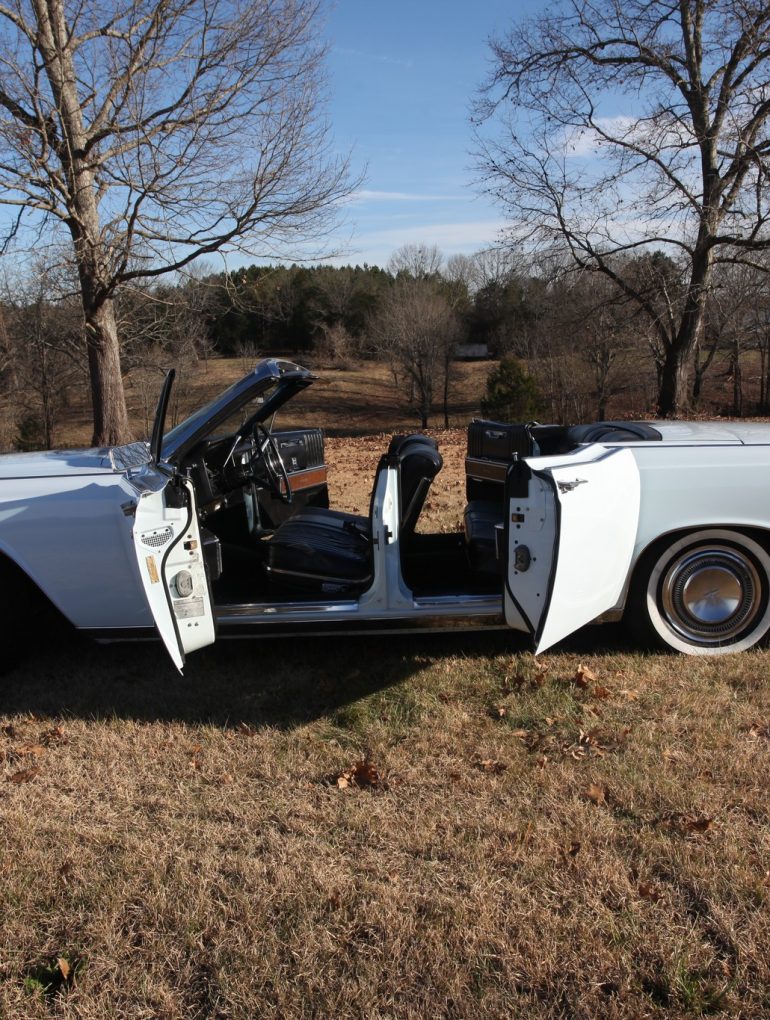Leslie R. Henry wrote an article in Automobile Quarterly (Volume VII # 3, Fall 1968) simply titled “The Lincoln.”His opening paragraph says a lot about Lincoln cars up to that time:
“Some enthusiasts speak of them with passion. Others find them interesting. But no one seriously interested in fine automobiles can be indifferent to the Lincoln. There is the consummate artistry that makes the first Lincoln powerplant a thing of physical beauty as well as of mechanical excellence. There is the serious coachwork created for the Lincoln chassis. And there is the story of the founder of the Lincoln company.’




